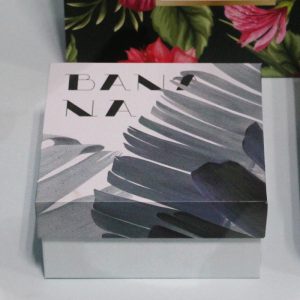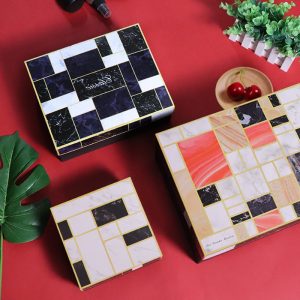The strength of cardboard is determined by its construction and the properties of the materials used in its manufacturing. The science behind cardboard strength involves understanding its composition and structural elements. Here are the key factors that contribute to the strength of cardboard:
- Cardboard Composition: Cardboard is made from paper pulp fibers derived from wood or recycled paper. The fibers are bonded together using adhesives to form flat, rigid sheets.
- Layers and Corrugation: Cardboard typically consists of three layers: two flat outer liners and a corrugated inner layer known as the fluted medium. The corrugated design, with a series of parallel arches, increases the strength and rigidity of the cardboard.
- Flute Profiles: Cardboard comes in different flute profiles, such as A, B, C, E, and F flutes, each offering varying degrees of strength and cushioning. The flute profile influences the weight-bearing capacity of the cardboard.
- Board Weight and Thickness: The weight and thickness of the cardboard play a crucial role in determining its strength. Generally, thicker and heavier cardboard provides greater strength.
- Grammage and Density: Grammage refers to the weight of cardboard per unit area, and density refers to the compactness of fibers within the cardboard. Higher grammage and density usually result in stronger cardboard.
- Adhesives and Bonding: The quality and type of adhesives used to bond the layers of cardboard affect the overall strength and integrity of the material.
- Directional Strength: Cardboard has different strength characteristics in the machine direction (MD) and cross-machine direction (CD). The MD is along the direction of papermaking, and the CD is perpendicular to it.
- Compression Strength: The ability of cardboard to withstand compressive forces is an essential factor in its strength. This is critical for stacked or packed cardboard boxes during shipping and storage.
- Burst Strength: Burst strength measures the resistance of cardboard to rupture or burst when pressure is applied. It is essential for determining the durability of cardboard in demanding applications.
- Edge Crush Test (ECT): ECT is a measure of the vertical compression strength of cardboard. It assesses the ability to withstand pressure along its edges, which is important for stacking and palletizing boxes.
- Moisture Resistance: Moisture can significantly weaken cardboard. Some cardboard grades have additives or coatings to enhance moisture resistance.
The science of cardboard strength involves optimizing these factors during the manufacturing process to produce cardboard with the desired performance characteristics. Manufacturers consider the specific application and requirements when designing and producing cardboard for different industries, packaging needs, and load-bearing capacities. By understanding these principles, manufacturers can create cardboard with the right balance of strength, durability, and other properties to suit various applications.








